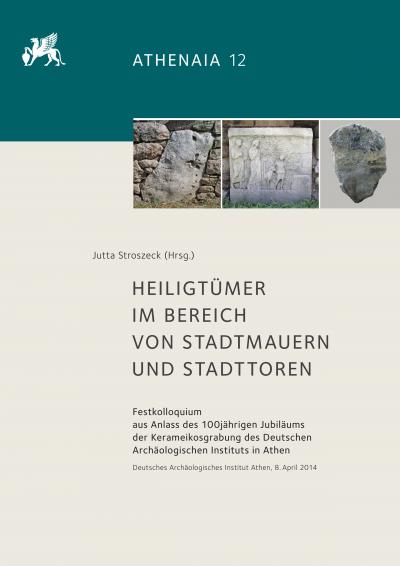The Tumulus at the ›Eumenid Gate‹ and the Hellenistic City Walls in Pergamon: Possibilities of Recontextualization
https://doi.org/10.34780/611a-61dk
List of Contributors
- Ute Kelp [Chapter Author]
Synopsis
Original title: Der Tumulus am ›Eumenischen Tor‹ und die hellenistische Stadtmauer in Pergamon. Möglichkeiten der Rekontextualisierung
Abstract Since the necropoleis of Pergamon are preserved in only fragmentary form, particular importance attaches to the recontextualization of known funerary monuments. The now inaccessible tumulus at the ›Eumenid Gate‹ is interesting given its location immediately in front of the Hellenistic city walls and in view of the type of monument, namely a Macedonian chamber tomb. The first part of this article focuses on the reconstruction of the tomb and its immediate surroundings, and examines the question of what happens to a monumental tomb when the city expands.
The second part is concerned with the symbolic meaning of such a funerary monument. What role did tumuli play as places of remembrance and what precisely qualifies them to be interpreted as sites for the veneration of heroes? In this connection the so-called Heroon of Eretria is cited as an example of how – in another time and place – a structure served to mark graves with a collective σῆμα and to incorporate them into the urban area.
Keywords Necropolis, Macedonian chamber grave, Heroization, ›Lieux de mémoire‹, Eretria




